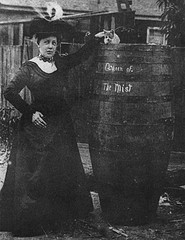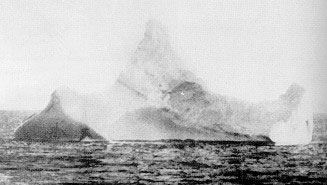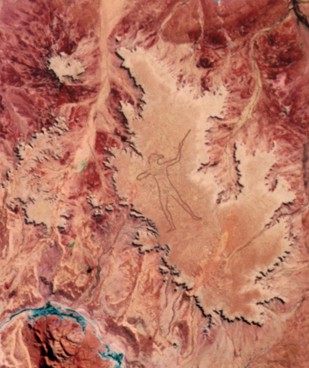In seeking a costume for the character Professor Marvel in the The Wizard of Oz, the MGM wardrobe department found a tattered Prince Albert coat in a secondhand store in Los Angeles.
One afternoon actor Frank Morgan turned out the coat’s pocket and discovered the name “L. Frank Baum.” By a bizarre coincidence, they had chosen a coat once owned by the author of The Wonderful Wizard of Oz.
This sounds dubious, I know, but cinematographer Hal Rosson, his niece Helene Bowman, and unit publicist Mary Mayer have all vouched for the story.
“We wired the tailor in Chicago and sent pictures,” Mayer told Aljean Harmetz for the book The Making of The Wizard of Oz. “And the tailor sent back a notarized letter saying that the coat had been made for Frank Baum. Baum’s widow identified the coat, too, and after the picture was finished we presented it to her. But I could never get anyone to believe the story.”



